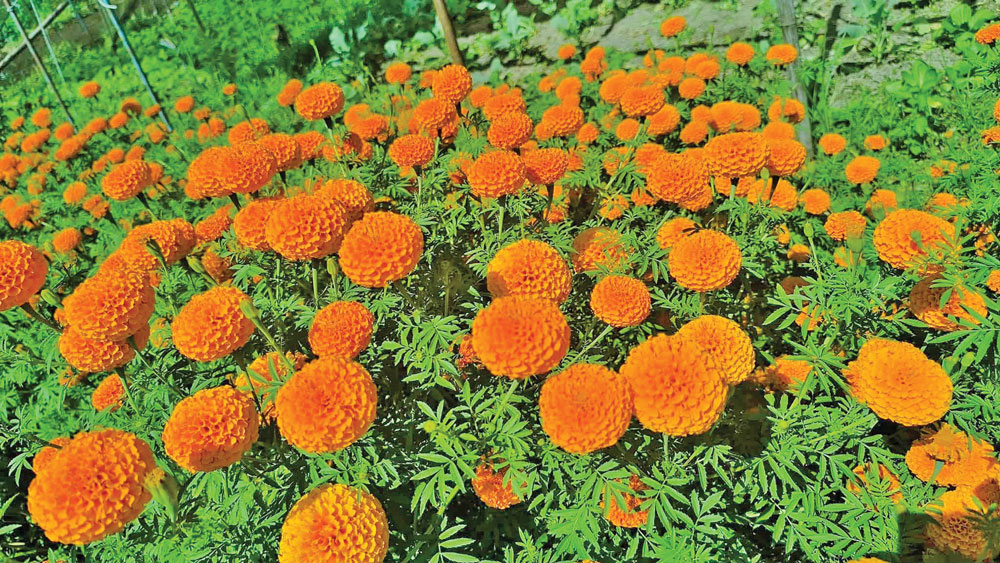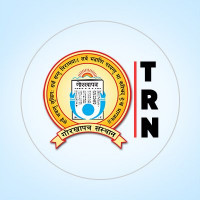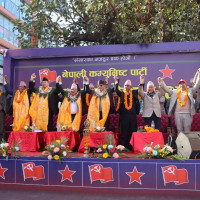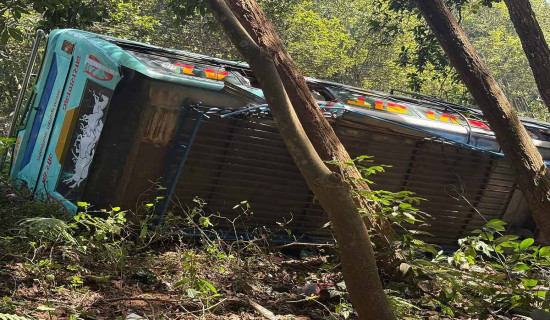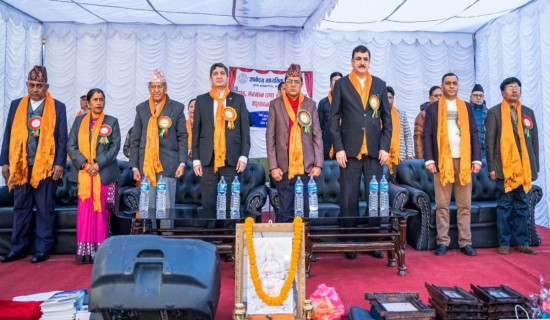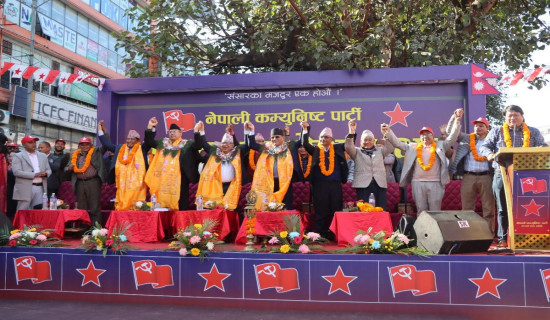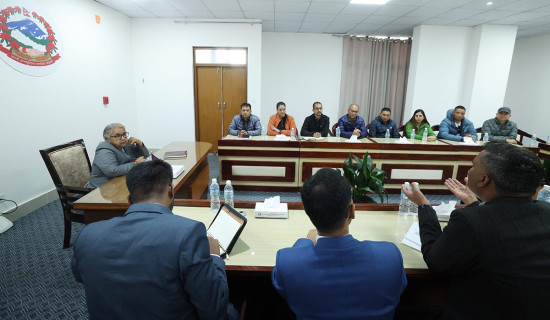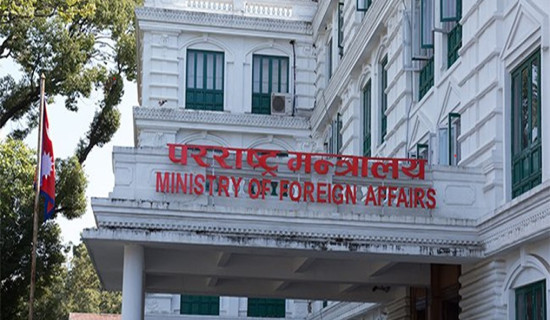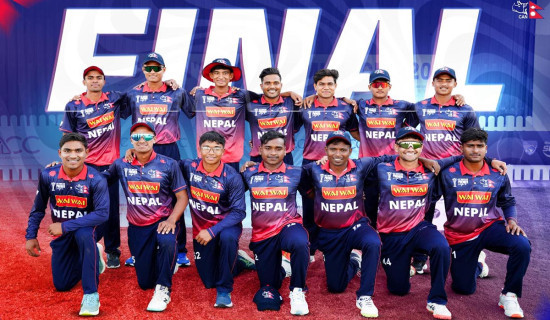- Monday, 1 December 2025
Pokhara’s own flowers brighten city’s Tihar
By Phadindra Adhikari
Lekhnath, Oct. 20: Tihar, the country’s second biggest festival, began on Saturday, bringing festive excitement to the tourism city of Pokhara.
Unlike in the past when up to 80 per cent of flowers were imported, this year Pokhara’s own production is expected to fully meet the local demand.
With growing interest in flower farming and support from the local government, Pokhara has become self-reliant in producing sayapatri (marigold) and makhamali (globe amaranth) flowers used during Tihar.
More than 300 farmers are engaged in flower cultivation across about 300 ropanis (15 hectares) of land in Pokhara Metropolitan City, according to its Economic Administration Division.
Shreeram Subedi, Chairperson of the Floriculture Association of Nepal (Kaski Chapter), said that the flowers produced in Pokhara are enough to meet this year’s Tihar demand. “The marigold and globe amaranth flowers grown in Pokhara will fully meet the market demand this year. The production looks good, and we are encouraged,” he said.
He estimated that the flower trade in Kaski district will reach around Rs. 40 million this year. To encourage farmers, Pokhara Metropolitan City has provided support in seeds and technology. Officials have also started visiting the fields to monitor production made with the help of city subsidies.
At the same time, the metropolitan city has banned imported plastic flowers. It has also made systematic efforts to promote flower marketing.
Manahar Kadariya, Chief of the Economic Development Division, said the city is assisting farmers from seed distribution to marketing to make Pokhara self-reliant in flower production.
In mid-June, the Metropolitan City provided farmers with 50 per cent subsidies on seeds and mulching plastic. “Some entrepreneurs have continued flower cultivation even without subsidies. Altogether, around 300,000 garlands are expected to be made from locally grown flowers,” Kadariya added.
More than 300 farmers, both individually and in groups, are involved in flower farming in the city. To ensure farmers are not discouraged by unsold produce, the city has set a support price and compensates them if sales do not reach that level.
This year, flower prices have been set according to the weight of the blossoms -- Rs. 5 for 15 to 20 grams, Rs. 4 for 10 to 15 grams and Rs. 2 for 5 to 10 grams. Garlands made from large blossoms will cost Rs. 150, medium-sized ones Rs. 130, and smaller ones Rs. 100 each. Loose flowers will be sold for Rs. 300 to 400 per kilogram.
The Metropolitan City has designated more than 25 official flower sale points across Pokhara, including Bagar, Sangam Chowk, Nadipur, Kahukhola Chautari, Baidam, Sabha Griha, Begnas Lake, Birauta, Hemja Milan Chowk, Budhibazar and Talchowk. Flowers will be sold at these locations from October 19 to 21 at the prices fixed by the city.

